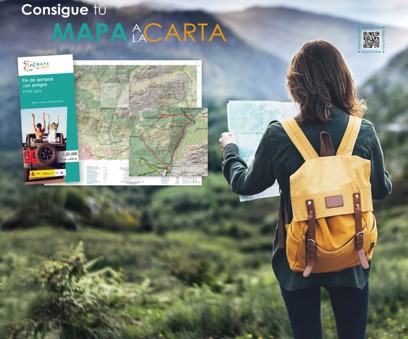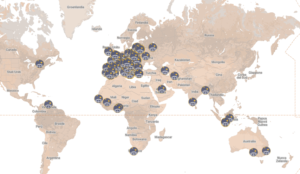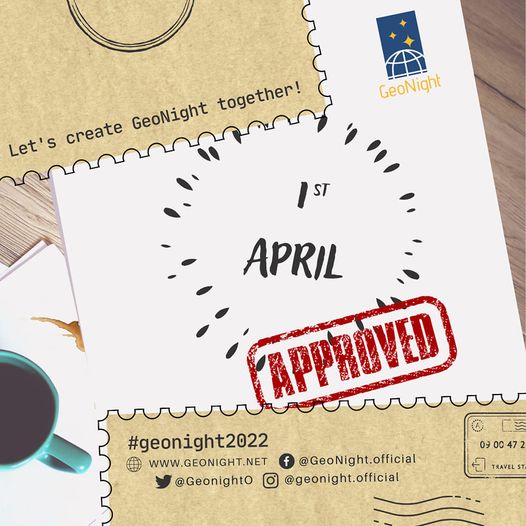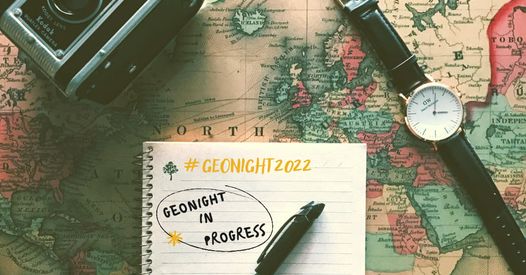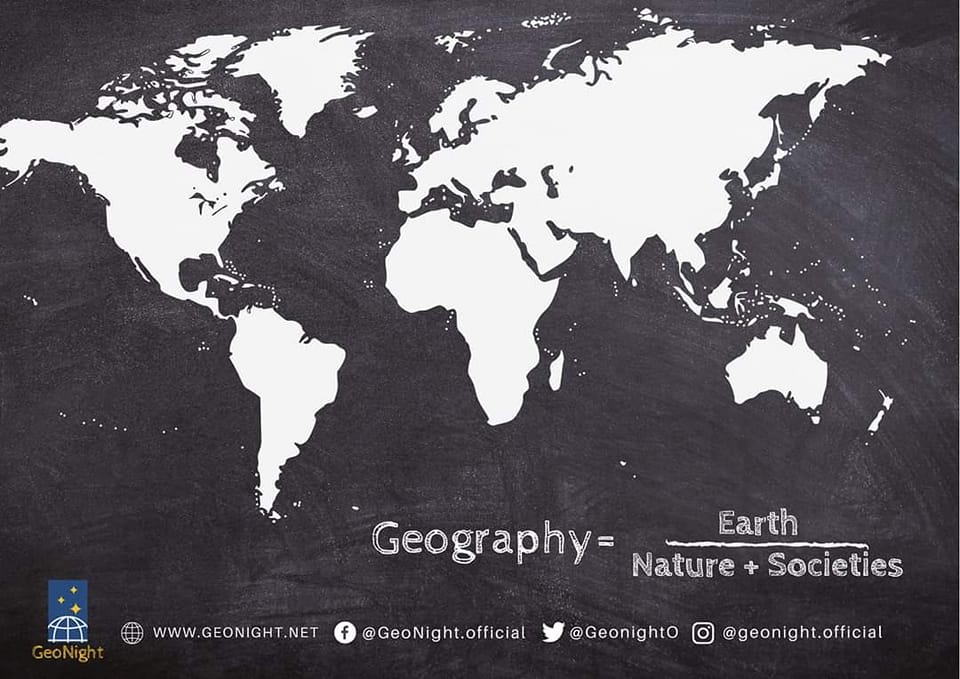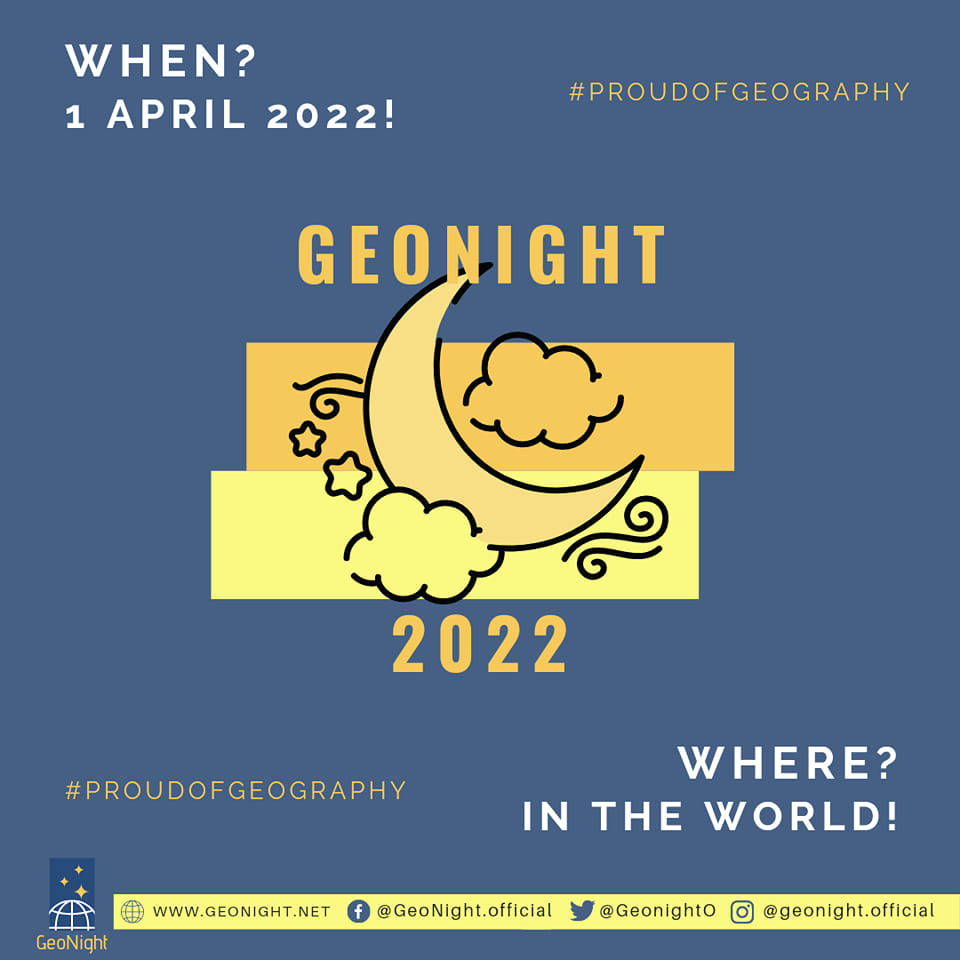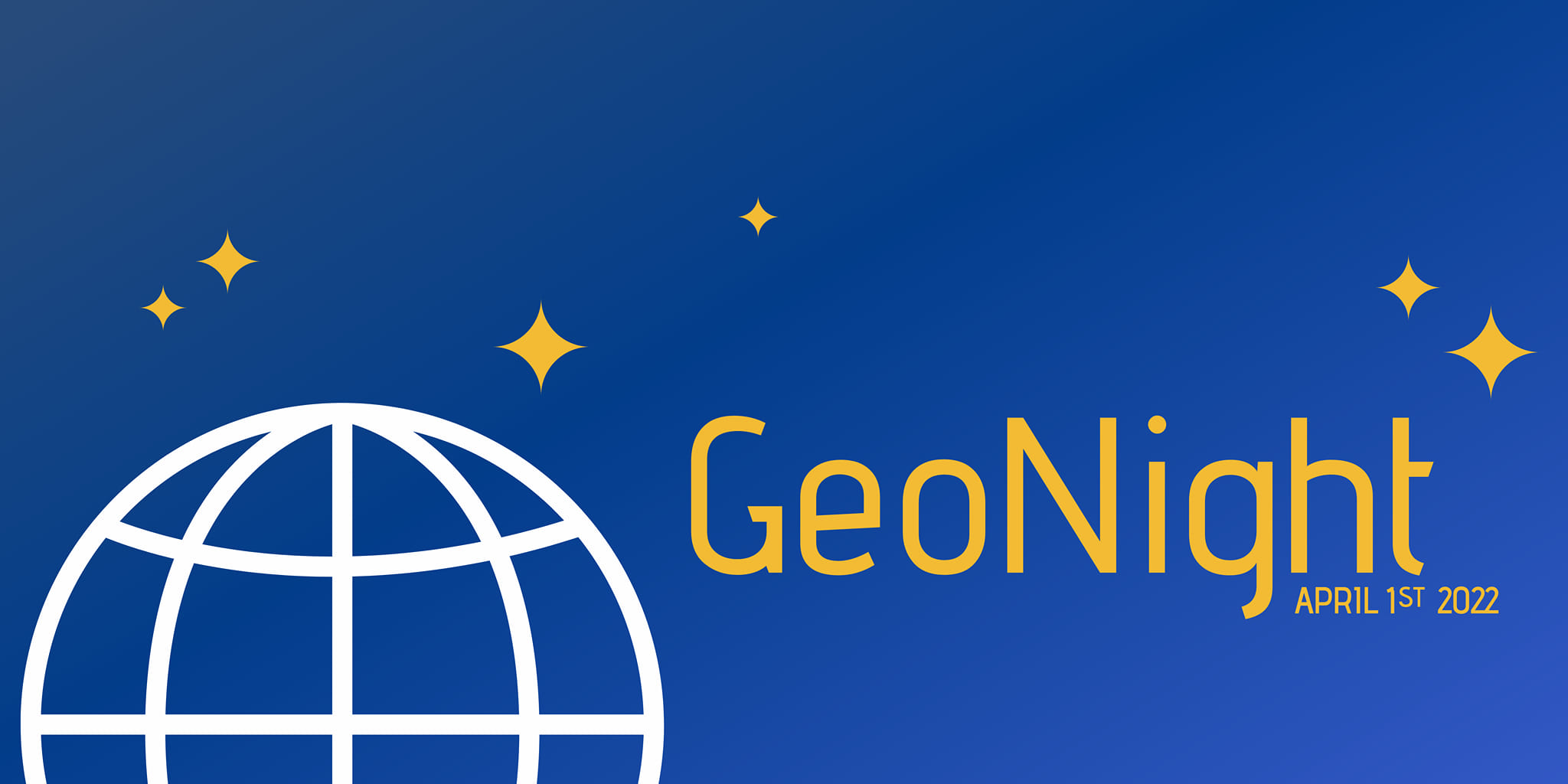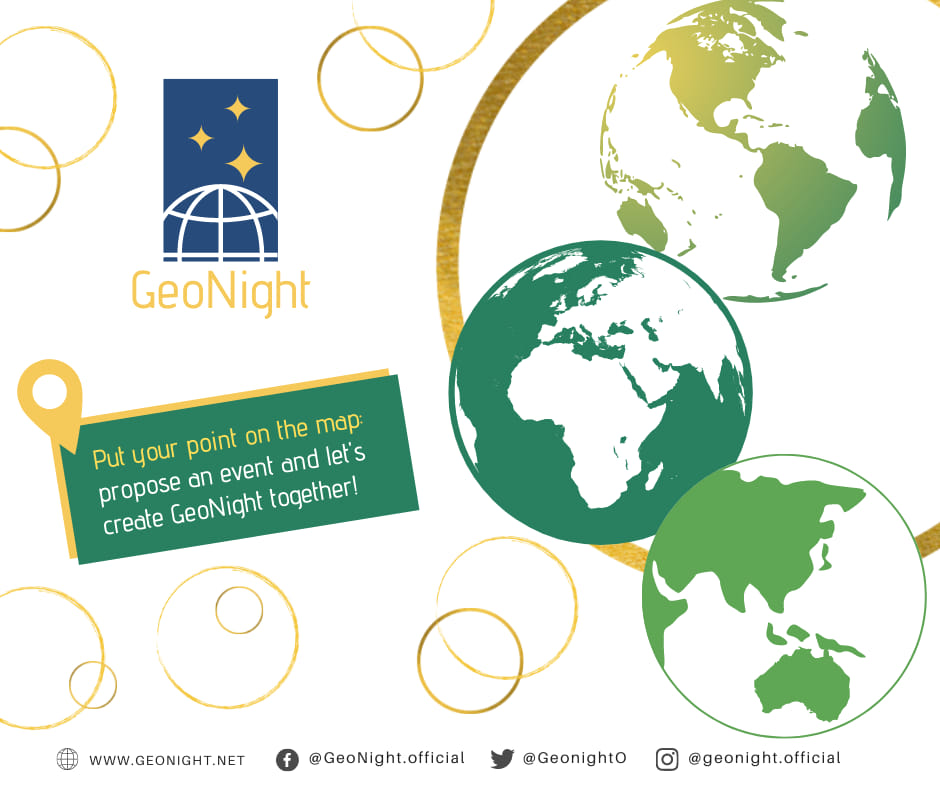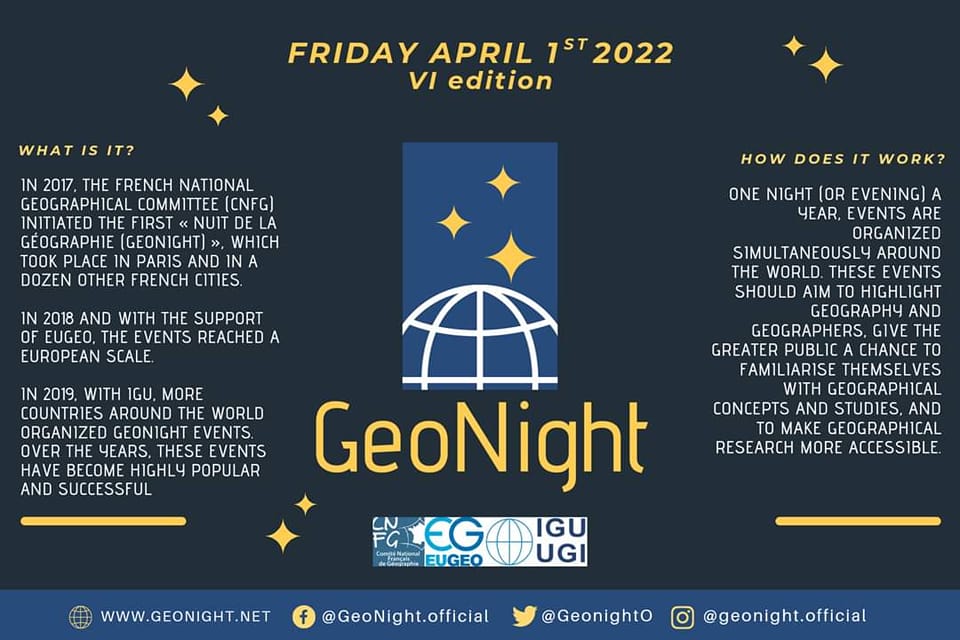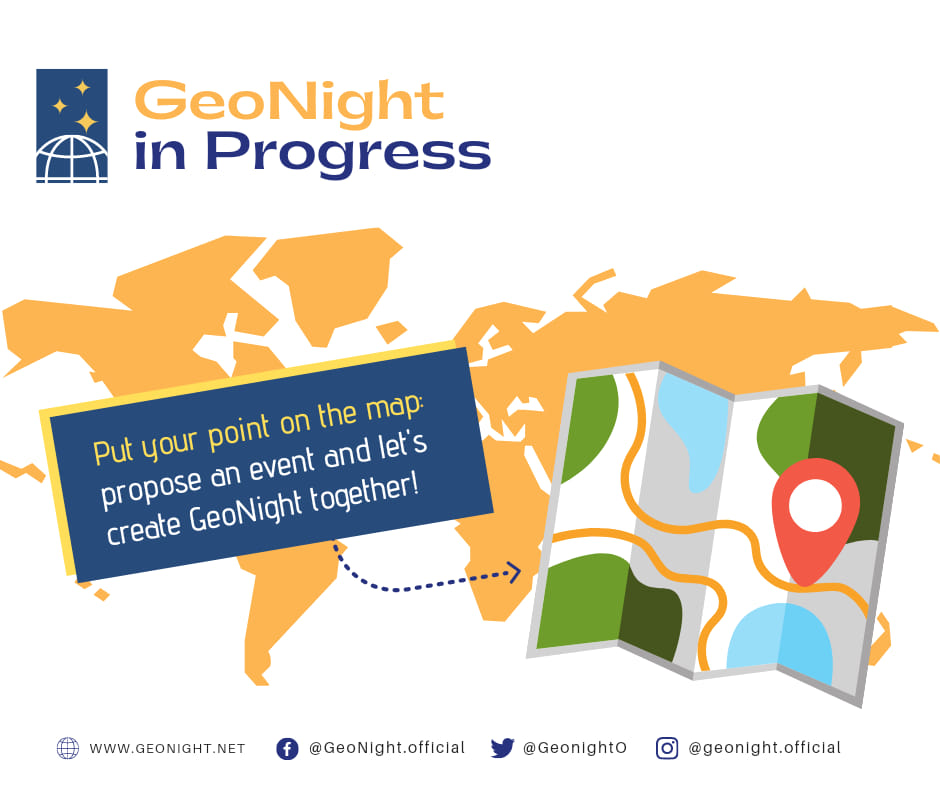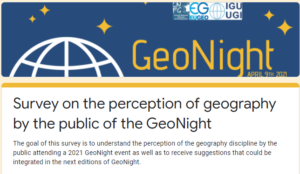
Geografia e Cartografia, un binomio indispensabile per acquisire la consapevolezza del Nostro Domani
Geografia e Cartografia, un binomio indispensabile per acquisire consapevolezza del Nostro Domani.
L’evento sarà : In modalità mista (online e in presenza)
Breve presentazione dell’evento
Troppe volte sul nostro Pianeta si opera solo con il desiderio di tipicizzare o di classificare il paesaggio per trovare le aree da preservare e da proteggere, e non ci si sofferma a riflettere sul fatto che oramai risultano in fase di dissoluzione tutti i margini ei confini, sia quelli storici che quelli naturali, che permettevano di percepire il paesaggio nel contrasto delle sue diversità. Prima vi era un paesaggio fuori le mura e un paesaggio dentro le mura, vi era la città e la campagna, la collina e la foresta. Ora viviamo in un Pianeta dove la città è continua, incessante, dove è sempre più raro trovare luoghi in cui sia possibile interpolare fra loro fatti edificatori e interventi infrastrutturali. Purtroppo spesso è un paesaggio urbano incompleto, indeterminato, ibrido, di cui bisogna riscoprire l’identità attraverso lo studio di tutti quei fenomeni negativi, che lo fanno apparire in uno stato di identità progressivo degrado e, quindi, fanno temere l’irreversibilità del fenomeno. Il Paesaggio è cultura ma anche memoria storica: un’alchimia inscindibile che ci offre sul pianeta bellezze meravigliose ma anche, purtroppo, opere mostruosamente brutte. In ragione di quanto mai suesposto pare utile così ffermarsi su, né bello né brutto, ma che può anche rendere utile anche ciò che troppo spesso viene ritenuto inutile: sostenibile, che si può affermare inutile. E’ questo un concetto divenuto purtroppo estraneo all’Uomo che non agisce ormai secondo Natura, che non segue quelle leggi invisibili che governano il mondo affinché si mantenga l’equilibrio tra gli esseri viventi e l’ambiente circostante. Sono sotto gli occhi di tutti i continui scempi operati in nome del bello, del giusto, dell’utile ma non del necessario; quotidianamente assistiamo a gesti di accanimento contro laTerra , fintamente incoscienti del fatto che le risorse non sono inesauribili. Mentre, infatti, gli uomini crescono drammaticamente, sia per quanto riguarda il loro numero sia le loro necessità, e le fonti energetiche primarie tradizionali sono sempre le e si stesse stannomente assottigliando, il paesaggio porta impressioni i segni di questo comportamento irresponsabile, essi rappresentano dalle frane, dagli inquinamenti di diverso genere dell’aria, dell’acqua del suolo e, più in generale, dai differenzia e complessi stressche le nostre società producono sulla Terra. Da queste affermazioni scaturisce un’ulteriore conferma dell’utilità dell’inutile, non solo di tutti quei saperi il cui valore essenziale è completamente libero da qualsiasi finalità utilitaristica, ma anche e soprattutto della Geografia e della Cartografia che, per loro natura gratuite e disinteressate , hanno un ruolo fondamentale nella salvaguardia del nostro pianeta. E’ stato scritto: “La vita è diffusa? O la Terra è speciale, non solo per noi che ci abitiamo, ma per il cosmo nel senso più ampio? Fintan che conosciamo soltanto una biosfera, la nostra, non possiamo adottare che sia unica: la vita potrebbe essere ottenuto da una catena di eventi così probabile da risultato aver luogo un’unica volta in tutto l’universo, sul pianeta che è diventato il nostro. D’altro canto, la vita potrebbe essere molto diffusa ed essere sviluppata su ogni pianeta similitudine alla Terra (forse in molti altri ambienti cosmici). Sappiamo ancora troppo poco di come la vita sia iniziato e si evolve per decidere tra queste due possibilità estreme …”. Non si tratta quindi solo di rispondere alla domanda su quanto petrolio sia rimasto da ottimizzare o se saremo in grado di arrestare il globale, se vincerà il bello artistico o se anche il brutto avrà la sua rivincita! Quando si considera un problema così vasto è facile sentirsi confusi, incapaci di effettuare qualsiasi cambiamento. Tuttavia si deve evitare di reagire in questo: tutte le crisi e quindi anche quella che sta vivendo il nostro pianeta e della i quale segni sul paesaggio ne sono testimonianza, può essere risolta solo se gli aspetti ne modo, almeno in parte, la responsabilità. Solo educando noi stessi e gli altri, facendo la nostra parte per ridurre il degrado e l’inquinamento, valorizzando l’utile, geograficamente inteso, si può fare la differenza. La Geografia, con il suo metodo di analisi della realtà, e la Cartografia come strumento di fondamentale rappresentazione della realtà, ci possono aiutare a guarire da quella parte cecità nel modo di considerare l’effetto delle nostre decisioni sul mondo naturale che rappresenta un grande ostacolo agli sforzi che vengono a trovarsi di formulare risposte sensibili alle minacce cui l’ambiente si attualmente di fronte. Studiare il paesaggio e leggere gli oggetti in esso presenti non in chiave di mero bello e utile economicamente inteso, bensì come il teatro dell’agire umano, sono condizione vitale per trovare il giusto equilibrio nel rapporto tra l’uomo e il proprio ambiente di vita , per invertire quella tendenza ormai diffusa che ci vede decisi solo ad essere indecisi, risoluti solo ad essere irresoluti, immobili nei movimenti, saldi nell’instabilità, onnipotenti nella determinazione di essere impotenti. Geografia e Cartografia hanno sempre uno stretto strumenti: hanno avuto uno stretto strumenti, ad esempio, scrivema che le carte sono gli oggetti più semplici ma potenti associati scrivema, che ci consentono di rappresentare e visualizzare le diverse parti del mondo.
Geography and Cartography, an indispensable combination to acquire awareness of Our Tomorrow.
Too often on our planet we work only with the desire to typify or classify the landscape in order to find the areas to be conserved and protected, and we do not pause to reflect on the fact that by now all the margins and boundaries, both historical and natural, which allowed us to perceive the landscape in contrast with its natural characteristics, are being dissolved. diversity. Before there was a landscape outside the walls and a landscape inside the walls, there was the city and the countryside, the hill and the forest. Now we live on a planet where the city is continuous, incessant, where it is increasingly rare to find places where it is possible to interpolate between building facts and infrastructural interventions. Unfortunately, however, it is often an incomplete, indeterminate, hybrid urban landscape whose identity must be rediscovered above all by studying all those negative phenomena, which make it appear in a state of progressive deterioration and, therefore, make it fear the irreversibility of the phenomenon. The Landscape is culture but also historical memory: an inseparable alchemy that offers us on the planet marvellous beauties but also, unfortunately, monstrously ugly works. Because of what has been said briefly, it seems useful to dwell on the term, neither good nor bad, but which certainly also makes useful what is too often considered useless: sustainable, which can be sustained. This is a concept that has unfortunately become alien to man, the only creature on the planet who does not act according to nature, who does not follow the invisible laws that govern the world in order to maintain the balance between living beings and the surrounding environment. They are before the eyes of all the continual mischiefs operated in the name of the beautiful, the just, the useful but not the necessary; every day we witness acts of obstinacy against the Earth, pretending to be unaware of the fact that the resources are not inexhaustible. As people grow in numbers and needs, and traditional primary energy sources are always the same and are becoming dramatically thinner, the landscape bears the signs of this irresponsible behaviour, whether they are represented by landslides, pollution of various kinds of air, ground water and other forms of pollution. more generally, from the different and complex stresses that our societies produce on Earth. From these statements comes a further confirmation of the usefulness of the useless, not only of all knowledge whose essential value is completely free from any utilitarian purpose, but also and above all of geography and cartography which, by their nature gratuitous and disinterested, play a fundamental role in safeguarding our planet. It was written: “Is life widespread? Or is the Earth special, not just for us inhabiting it, but for the cosmos in the broadest sense? As long as we know only one biosphere, our own, we cannot rule out that it is unique: complex life could be the result of a chain of events so improbable that it took place once in the entire observable universe, on the planet that has become ours. On the other hand, life could be widespread and developed on any Earth-like planet (and perhaps in many other cosmic environments). We still know too little about how life began and evolves to decide between these two extreme possibilities. . . . ” So it is not just a question of how much oil is left to be exploited or whether we will be able to stop global warming, whether artistic beauty will win, or whether even ugly will get its revenge! When you consider such a vast problem it is easy to feel confused, incapable of making any changes. However, we must avoid reacting in this way: all crises, including the crisis which our planet is experiencing and which the signs on the landscape bear witness to, can only be resolved if individuals assume, at least partially, the responsibility for them. Only by educating ourselves and others, by doing our part to reduce degradation and pollution, by making the most of the benefits, geographically understood, can we make a difference. Geography, with its method of analysing reality, and cartography as a fundamental means of representing reality itself, can help us to overcome the partial blindness in the way we view the effect of our decisions on the natural world, which is a major obstacle to efforts to formulate sensible responses to the threats facing the environment today. Studying the landscape and reading the objects present in it not in terms of mere beauty and economic usefulness, but as the theatre of human action, are vital to finding the right balance in the relationship between man and his environment, to reverse the now widespread trend that sees us determined only to be indecisive, determined only to be irresolute. immobile in movement, steadfast in instability, omnipotent in determination to be powerless. Geography and cartography have always been closely linked: Dematteis wrote, for example, that maps are the tools most commonly associated with geography, simple but powerful objects that allow us to represent and visualize different parts of the world.
Obiettivi : Valorizzare il ruolo della Geografia.
Lingua dell’evento : Italiano
Paese : Italia
Città : Verona
Link : https://univr.zoom.us/j/81242165199
Persona di riferimento : PROF.SSA PAPPALARDO MARIA LAURA
Ruolo o funzione : Docente universitario/Presidente Associazione Festival Terra2050
Gli organizzatori sono : Accademici, Studenti, Cartografi
Durata prevista : Due incontri di due ore ciascuno, dalle 9,30 alle 11,30 e dalle 15,00 alle 17,00
ID.UN523

